World Broadband Association Predicts 50Gbps Home Broadband by 2030

The World Broadband Association (WBBA), which is a multilateral and industry-led association, recently published a new white paper that predicts residential broadband packages will be offering connection speeds of “up to” 50Gbps (Gigabits / sec) by 2030, while enterprise speeds will be “up to” 3.2Tbps (Terabits / sec).
The report (Next-Generation Broadband Roadmap), which acknowledges that its predictions for 2030 are highly “speculative given the timeframe” and will vary between locations (largely depending on the coverage of full fibre / FTTP networks), notes that the world is currently transitioning through the “BB5” (5th) generation of fixed broadband technologies (i.e. those offering speeds of 1Gbps to homes and 100Gbps to enterprises).
The next step after that is BB5.5, which will push residential speeds to 10Gbps and enterprises to 400-800Gbps. After that, we get to BB6 by around 2030, which is where those headline claims of up to 50Gbps for homes and up to 3.2Tbps for enterprises come into play.
“To take into account future network demands, the WBBA recommends that as the industry approaches 2030 and beyond, leading operators should be working toward networks that will be capable of this – residential speeds of up to 50Gbps and enterprise speeds of up to 3.2Tbps, providing fiber connectivity to individual sensors, being fully autonomous, having deterministic reliability with less than 1ms latency guaranteed, more energy efficiency per bit and very fast security breach detection and response (seconds),” said the WBBA.
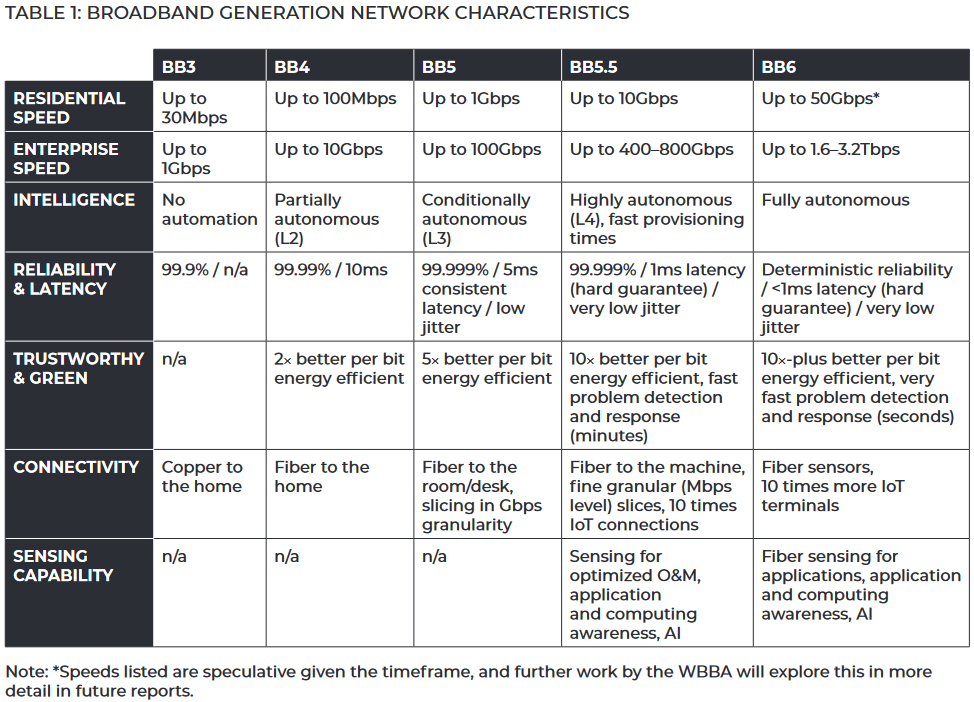
At this point some of you will look at the figure of 50Gbps for homes and probably have a loud chuckle (especially if you live in a poorly served rural area – often the last ones to benefit), but it’s perhaps not as far-fetched as it may seem, since some other markets with more mature rollouts of Fibre-to-the-Premises (FTTP) technology than the UK are already offering 10-20Gbps packages to home users.
The odd UK ISP, such as B4RN, also has a 10Gbps package for homes – provided you have deep pockets and are covered by their network. Many such ISPs are already in the process of rolling out 10Gbps capable networks, which we’d expect to become more common in the UK by 2030. But 50Gbps is, in our opinion, more likely to follow some years after 2030 over this side of the pond.
Huge leaps in domestic internet connectivity speeds are fairly common through the decades. Consider, for example, the introduction of 512Kbps (0.5Mbps) ADSL lines to the UK during 2000, which were a huge leap beyond the 56Kbps dialup modems that came before. Fast-forward to 2010 and FTTC packages with up to 40Mbps speeds and Cable with 100Mbps+ were becoming a thing, while today 1Gbps is becoming a common peak.
Admittedly, there’s always a question mark over whether or not most homes even need or could use multi-gigabit speeds (right now – most can’t), but that tends to change over time and the focus on top-speed isn’t as relevant as the benefits of the optical fibre cable itself – once fibre is in the ground then future speed upgrades are a lot easier. Likewise, just because a future package might offer you 50Gbps, that doesn’t mean to say you can’t still take a 1Gbps or slower tier and save money.
Suffice to say, it’s often difficult to envisage what the future holds when looking from today’s perspective, but broadband speeds always get faster – often ridiculously so – over time.
Mark is a professional technology writer, IT consultant and computer engineer from Dorset (England), he also founded ISPreview in 1999 and enjoys analysing the latest telecoms and broadband developments. Find me on X (Twitter), Mastodon, Facebook and Linkedin.
« EE UK Launch New Customer Packages to Improve Home Security
Latest UK ISP News
- FTTP (5669)
- BT (3552)
- Politics (2585)
- Openreach (2334)
- Business (2311)
- Building Digital UK (2265)
- FTTC (2056)
- Mobile Broadband (2022)
- Statistics (1818)
- 4G (1709)
- Virgin Media (1659)
- Ofcom Regulation (1488)
- Fibre Optic (1419)
- Wireless Internet (1412)
- FTTH (1382)








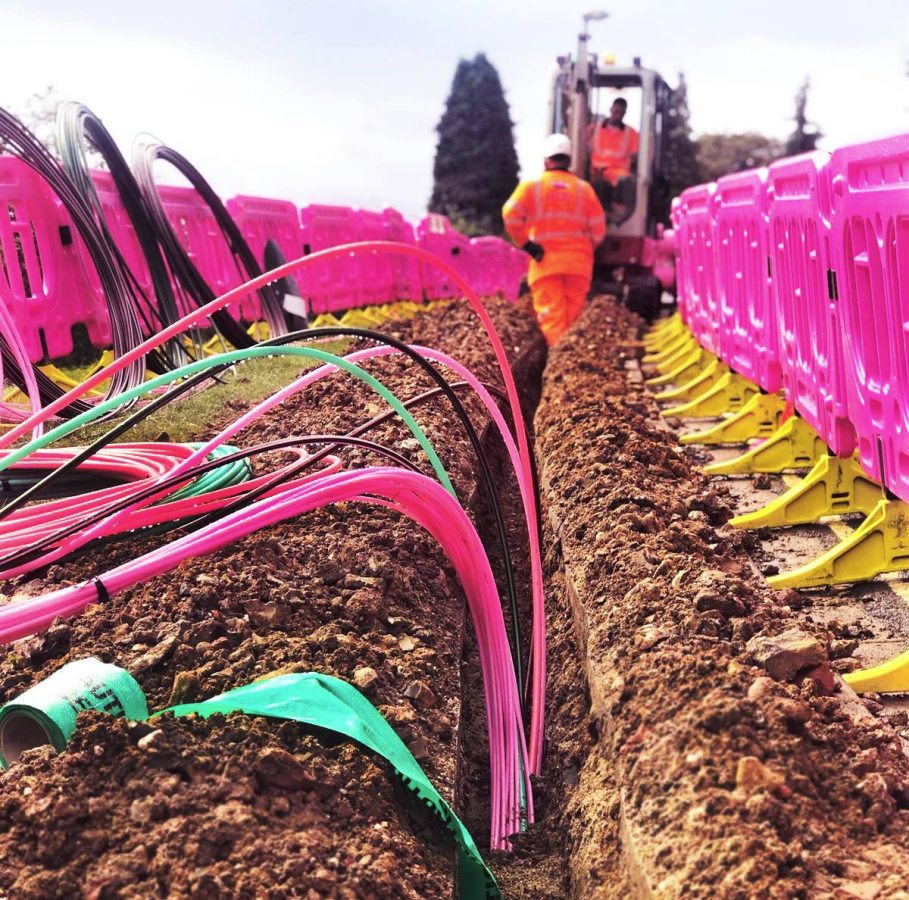



























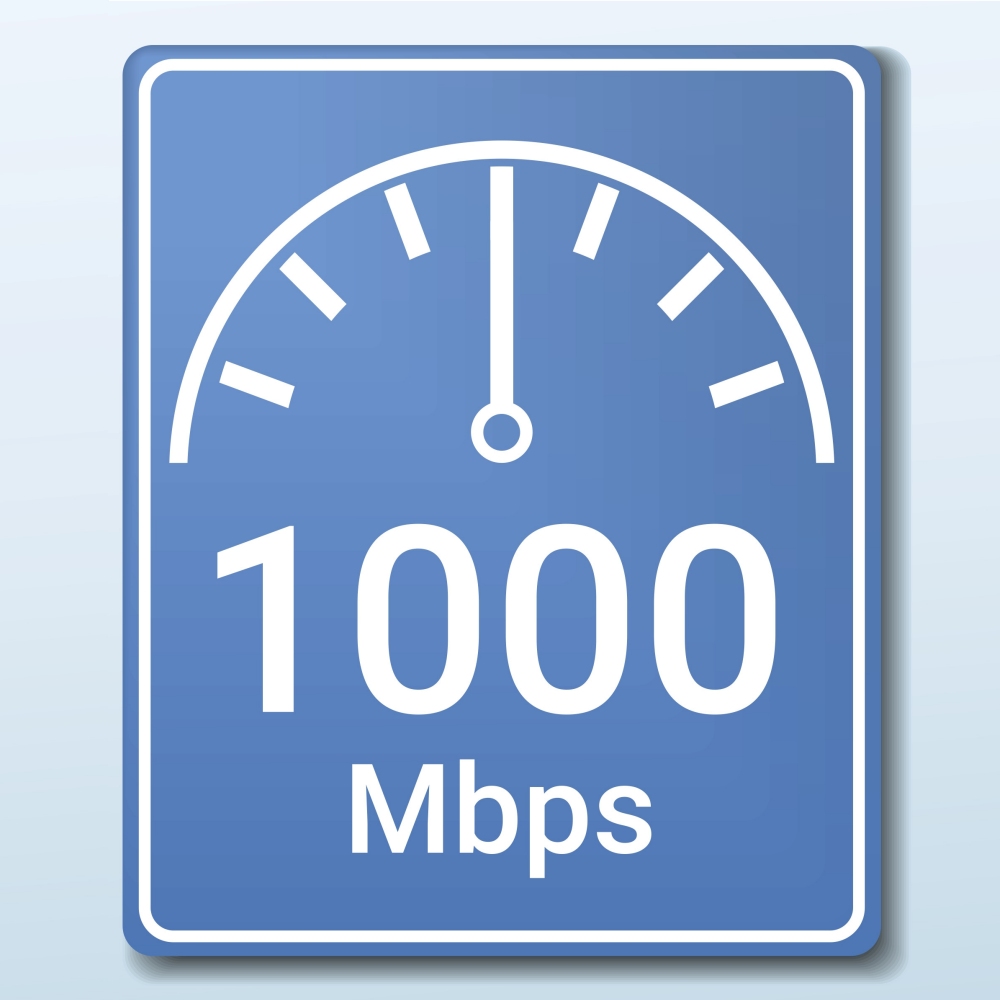
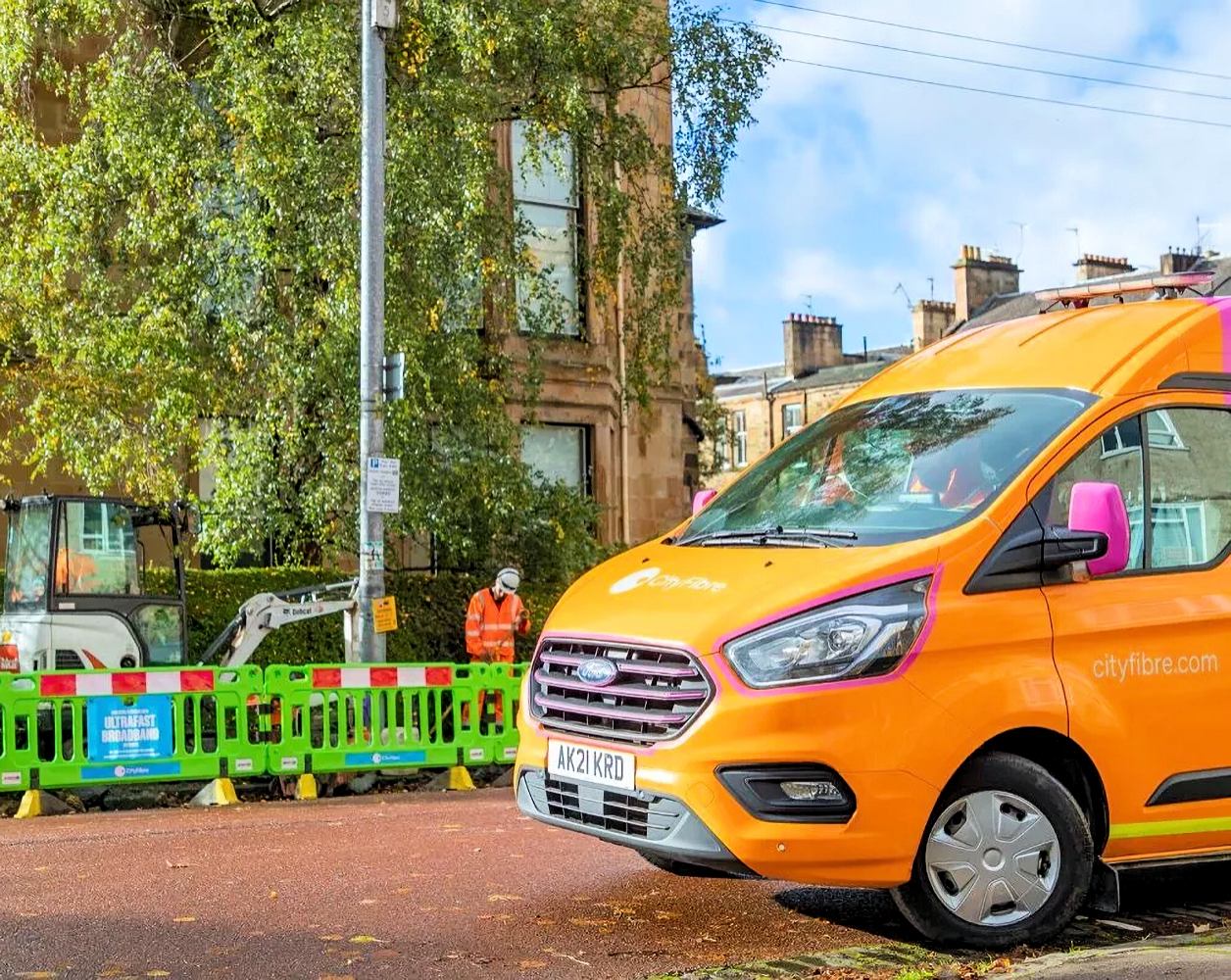


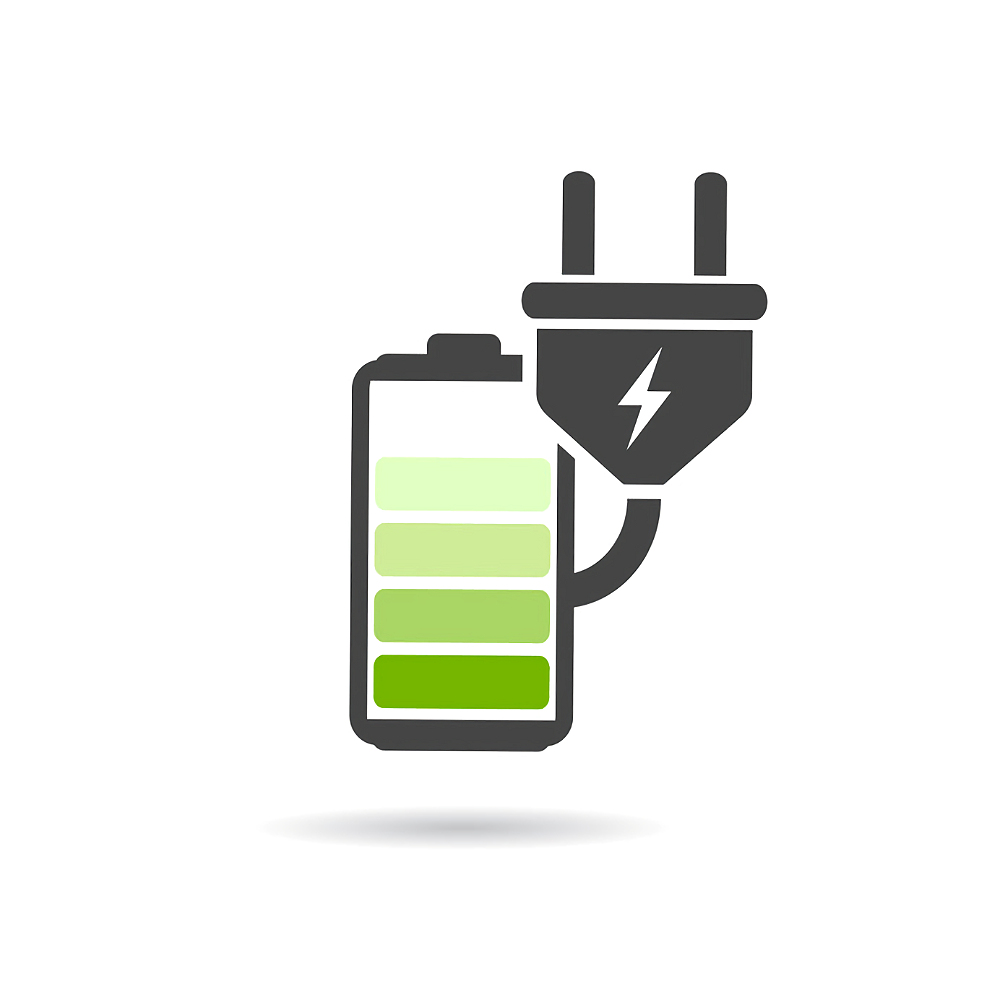


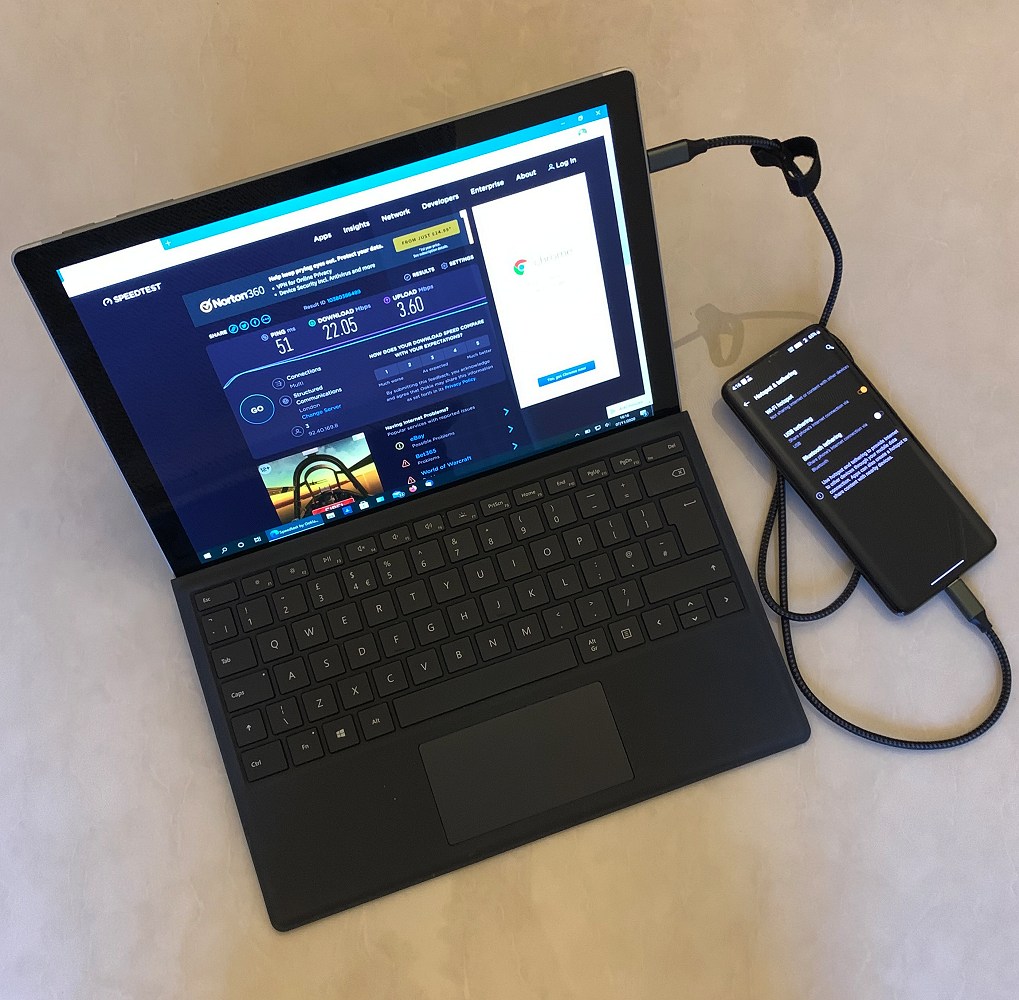

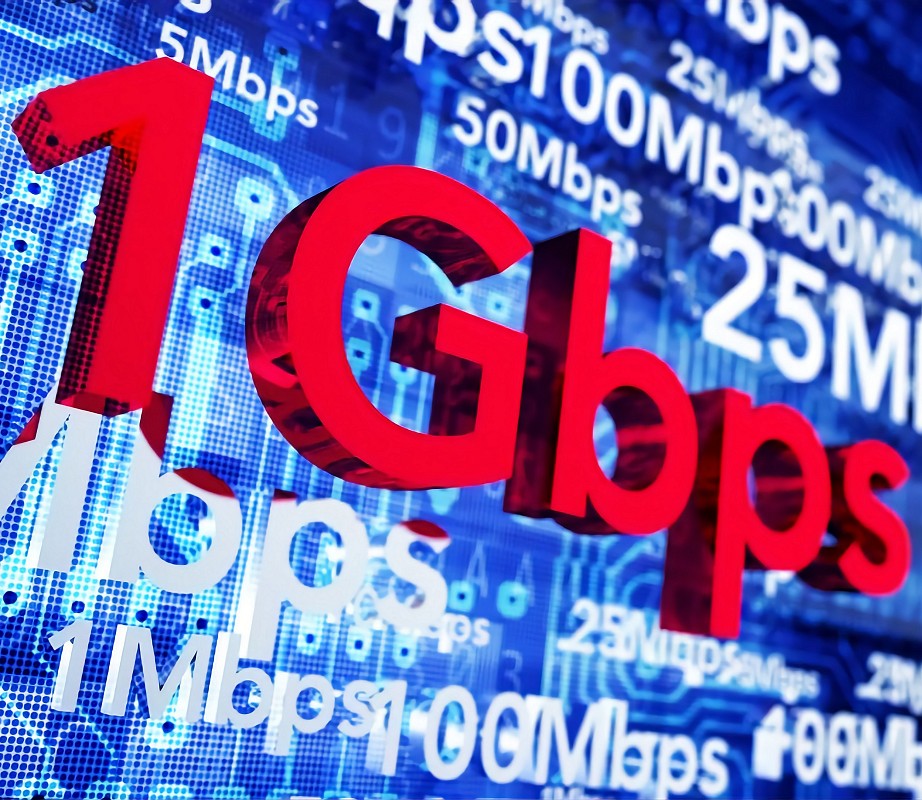
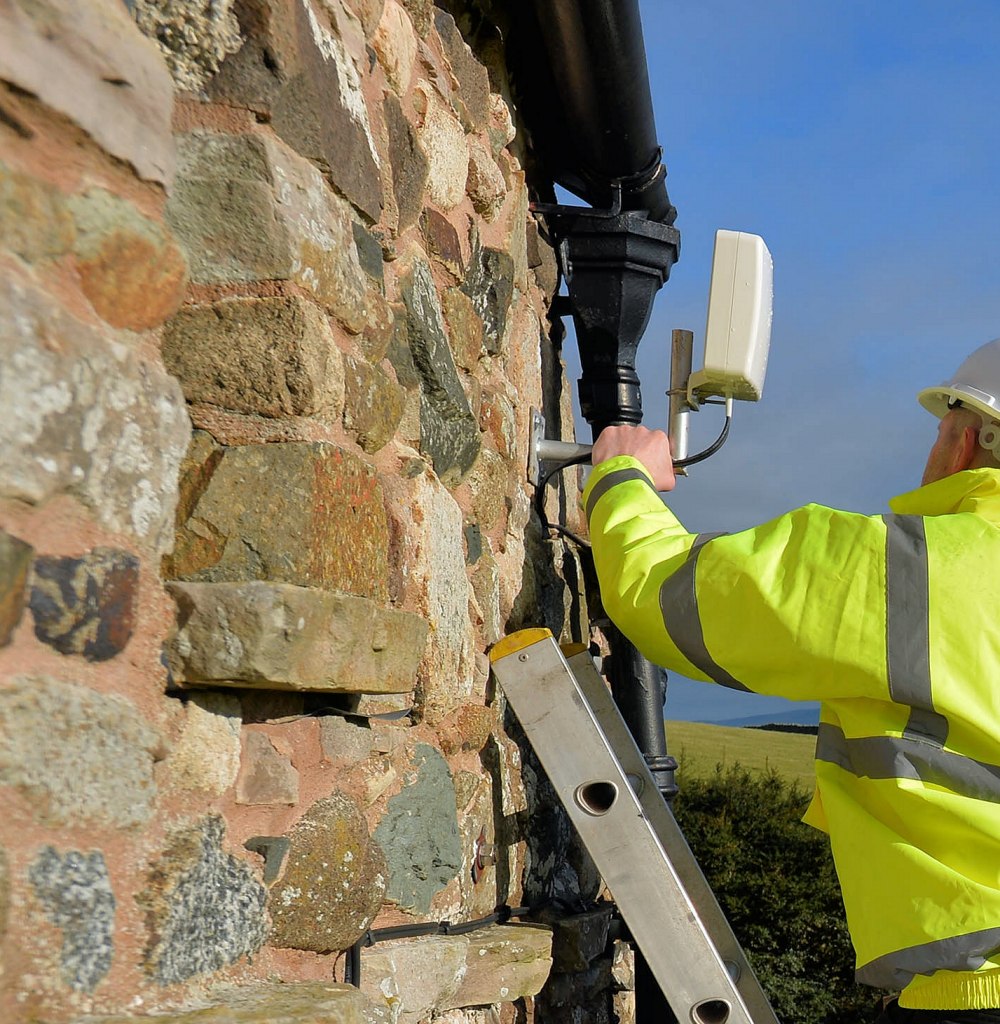








Ridiculous as it is coming from someone on ‘BB5.5’ we’re going to need some new applications before the service I have is going to be in serious demand let alone 50G.
People will need fibre throughout the home to take advantage of 50G and meaty routers that don’t exist outside of rack mounted devices right now.
Can make a case for ‘BB5’. Maybe a case for limited uptake of ‘BB5.5’ however a lot has to change for ‘BB6’ to have merit.
ISPs will need to run it over at least 100G backhaul. Content providers don’t feed 10G right now: even Steam maxes around 2.5 and not much else comes close so it’s not even about doing the same things faster.
Main applications currently in use here are some lab work, and apart from that Steam and other downloads that don’t touch the sides, and backups to sites with rate limits miles below mine.
With a side order of trolling the bandwidth obsessed person/s through posting speed tests and other metrics.
Really not that much else to do with for right now.
Use on 10G over 45 days.
Uptime 45d 04:45:44
Tx/Rx Bytes 145.5 Gib / 610.9 GiB
Backups are incremental and focused, IPv6 takes a different link.
Uptime 40d 04:54:08
Tx/Rx Bytes 29.3 Gib / 300.5 GiB
As per my Mikrotik router stats at home (300/300Mbps): https://postimg.cc/tYWqWqVK
100Mbps peaks are remote backups. We both work from home and have children consuming Netflix, Prime, HBO Max and YT. It never exceeds 60Mbps down so I can’t imagine how anyone might need more than 1Gbps within next 7 years
The way things are going we’ll be using smoke signals here in good old Blighty. :))
This is a LOL prediction for sure.
Unless there’s some breakthrough in chip manufacturing, the power consumption and heat output of 50gbps capable networking gear alone will make that unfeasible for home environments for quite a while yet.
There’s a reason that desktop ethernet speeds have remained stuck at 1gbps for nearly 2 decades and it isn’t because we can’t make them faster.
I’ve a 50G throughput router in the rack here.
It doesn’t get hot, seldom spins up its fans and it’s only real issue is trying to cool down the 75c 10GBase-T copper SFP+ going to the ONT.
The killer might be the cost of QSFP28 needed to run 50-100 Gbit Ethernet. That is a fair step up in price from SFP28, 25G.
QSFP+ to the rescue: 40Gbit for much less than QSFP28. Good throughput of 50G after FEC will be 42.5G or so before some other overheads and 41.5G after.
QSFP+ may make a resurgence.
I would be happy with more than 5mbps, in fact if I could get double figures I would have a party!!
Perhaps ’50G-PON will be available by 2030′ would be less contentios statement.
50GPON will be a thing in the UK by 2025. It runs alongside XGSPON.
Openreach / CityFibre / others with large GPON customer bases will have to use 25GPON unless 50 is modified to let it run alongside.
If you look at the 50G standard you will see there are two options for upload frequency, one that works with GPON and one that works with XGS-PON, so you can either with 50G-PON.
25G has an option where it squeezes the upload between the XGS-PON and GPON frequencies so you can run all three at the same time. I doubt many people would want to do this.
On the CityFibre side they have already announced they are moving to XGS-PON, I can’t see them having much/any G-PON by 2030.
And the other thing to remember here is 50G is the speed of the PON, not the speed per customer, just as XGS-PON is 10G today but most offerings are sub 1G.
Yes, aware 50G works with either but assume Openreach will be wanting to deploy something in between GPON and 50GPON to provide multi-gig.
No such issues for the all-XGSPON folks. CityFibre might be okay as nowhere near as many punters connected to GPON.
25GPON works with both and Openreach don’t compete on peak speeds so might well sit on that for a while.
Good points, well made.
Human brains will not be able to cope or need 50Gb speeds, and will the servers be capable of providing a service at these speeds? Will thee servers be optical devices? If there is direct brain-machine interfaces then may be.
I’m not entirely sure what you’re trying to say here but SSDs in your or my price range already hit around 7 GB/s write, 49 Gbit/s, more than enough for 50Gb broadband given the >4%, 2 Gbit/s at 50Gb, overheads.
PCI-E Gen 5 will further increase this and will allow NVMe drives to run above 10 GB/s write.
Someone remind me to look at this post in 2030. I struggle to imagine a human brain requiring more than 1Gb/s of content – that makes me believe that speeds will naturally plateau at around 10Gb/s per household…
I don’t think it’ll be too long before some video games require the downloading of 1 TeraByte of data just to play them, then 10TB etc. But marketing will probably play a bigger role in the demand debate, PR firms are very good at making you think you need something, when in fact you don’t. But I for one long for the day when my internet connection can do everything as seamlessly fast as this office computer I’m using now. No more big waits.
‘XGS Is On says:
October 26, 2022 at 6:38 pm
50GPON will be a thing in the UK by 2025. It runs alongside XGSPON.’
What tiers will be sold on it no idea but wouldn’t put it past one company, you know who you are, to sell an uncapped product 😉
Mark – good point and one thing I have noticed when I use a fast connection is that fact I can have a computer in the cloud which is available from any device and means a knackered old office PC is all that is needed – saves a fortune on hardware upgrades.
50 Gbit/s is faster than most people’s current SSDs. With a connection that fast, there wouldn’t be much need to download a game ahead of time. You could stream game assets while the game is being played.
(That might not be entirely good for us, since some people won’t be able to resist the idea of loading everything over the Internet into RAM as an anti-piracy measure…)
Plenty of unpleasantness that can be done with DRM if assuming that the device will be online without streaming the entire game 🙂
The cost of bandwidth to stream assets at multiple gigabits per second to every active player should dissuade companies from such lunacy.
Games are getting larger due to higher resolution artwork and scale all of which cost money. People have to be paid to build the world. I assume that at some point the costs become prohibitive and that’ll put a cap on required storage.
Upscaling and reconstruction technology have come a long way, too. Native resolution has never mattered less.
Will consumer-grade hardware that supports 50Gbps even be affordable? 10GbE has been a thing since the mid/late 2000s and has only started decreasing in price over the last few years. SFP28 (25GbE) is still fairly expensive when you consider optics and switches. Gigabit ethernet is yonks old and is only recently being phased out for 2.5GbE/N-BaseT. WiFi will likely not evolve that quickly either to multi-gig speeds unless its line of sight.
10Gbps? Realistic. 50Gbps? No way.
A lot of that is down to economics of scale, which changes when you have a reason to fuel the demand and mass production kicks in. Demand for residential 10G just doesn’t exist in many countries right now, but if it did, then you’d see the economics of scale play their role. History shows that these things often evolve in a complementary way.
I can still remember having all these kinds of debates when 56Kbps dialup was a thing and people were joking about the need for 10Mbps, let alone 100Mbps (100Mbps+ back then was a bit like talking about 50Gbps today). How times change.
640K ought to be enough for anybody.
Heh. The L1 cache in both my desktop and laptop is larger.
However the apps are there to need way more. Don’t have enough your machine runs slowly or just can’t run things. Nowhere near that being the case for gigabit let alone 10 right now.
Need some new apps with crazy burst but lower constant demand. Can’t even do the same things faster much past 2.5G.
My Chap will be 8 foot long.
No problem.
Comment of the day 🙂
So in 8 years we’ll be needing 50Gbit internet? yeah I don’t think so. I’m sure it will exist. I’m also sure 99% of residental users won’t be getting it. Why? Because 10G is overkill for everyone not running a business. Heck even 1Gbit is. So in 8 years to go from 1Gbit to 50? nah.
Fibre to the press again.
agree completely! Speeds are more than enough on current builds anyway
I don’t think 50Gbps will be enough. We are already lagging behind, in-terms of online content available today and the speeds available.
So if technology keeps advancing so quickly by 2030 we will probably be viewing 32K content or imagine gaming 16k resolutions or more. The the size of the content to download would be huge. At current full fibre 1G or 2G you would be sitting there for 2 weeks for a game to download.
If your vision is so sharp that you think you will get a benefit at typical viewing distances from 16k or 32k you really need to have scientists have a closer look at you.
We’re going to need graphics cards the size of entire cases to handle the rasterisation demands of those resolutions. Tons of VRAM for the massive frame buffers too.
That’s not my point at all. Regardless if the viewing experience in your average home is not much difference between 8k, 16k or 32k resolution. (And for a fact my 8kTV is vastly superior to my 4k, the difference is night and day)
This don’t mean technology will not keep advancing, it’s just inevitable. There is a guarantee game sizes will keep increasing and other online content will keep growing in size. Even today games such as flight simulator require huge amounts of data something like 2.5 PB.
My point was to keep up 50G won’t be enough.
According to the official website Flight Simulator’s ideal specifications are 150 GB of SSD.
Presume there are tons of texture packs being sold as DLC but 2 TB worth?
Majority of people were on ADSL 10 years ago. Majority are now on 150 or lower. There’s going to be a requirement for 300 times that in the next 7 years?
Might well be a nice to have but it not ‘keeping up’ doesn’t seem realistic.
This from someone on uncapped XGSPON right now: I can test at 8.3 Gb/s but nowhere offers the ability to actually download useful content at that speed.
I can’t imagine people using fibre extensively within their homes either. I do, but I’m a nerd.